Concept Description Submitted by David Maynes
Sustainability in the Pioneer Valley Art Competition
Concept
The idea of sustainability is vast and multifaceted. At the core of sustainability are the so-called “three E’s of Sustainability”; Economy, Equity, and Environment. Within each of these lies the elements that define them; clean water, renewable energy, localized food production, land/resource preservation, working, living, prospering, etc. Although vital in fostering sustainability, these elements are only catalysts that allow for the evolution of resilient systems, systems that respond, adapt, and react to one another over time. The earth has been following this ecological flow from the beginning, and will continue to do so with or without human influence.
The anthropocentric idea of sustainability is born out of the human exclusion and actions that have impacted the system we have forgotten we are a part of. The western world view dominates society and continues to imagine an ecology separate of humans, one that is its own entity, only existing for the manipulation and exploitation of human need. This view is accelerating earth-systems decline, and has created an ecology characteristic of human disconnection. The human species disconnect has polluted watersheds; raped natural resources; changed natural systems by land manipulation; created poverty, suffering, and desperation; prioritized efficiency over effectiveness, and technology over environment. It is not surprising that the plagues of this disconnection are the very things that have the power to once again connect people with the system(s) we are participants in.
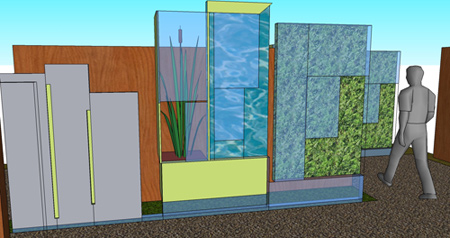
I am proposing that the essence of sustainability in the Pioneer Valley is people. There is no remediation; no economic, social, and environmental solution; no future for the human species without the reconnection of us with one another, and the ecological flows we are a part of. Cleaning polluted watersheds, fostering better land-use, realizing the power of local dollars; these are all solutions for people, by people, in response to people, under the umbrella of ecological participation. It is this acknowledgement and awareness of ecological inclusion that has affirmed our identity within the system’s process. Life, processes, and all things living are in a perpetual non-equilibrium state of mutation and adaptation in multiple scales over time. It is now, at this moment, that humans are beginning to understand ecology as process and the regenerative nature inherent to it. We are water, we are forests, we are local economies, we are energy, we are agriculture, we are ecology. We.
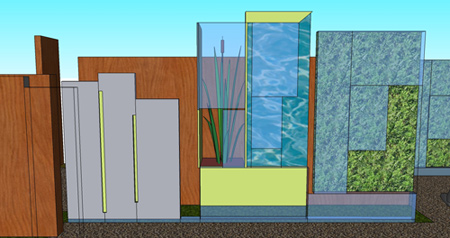
The Work
I intend to represent the above idea with a walk through exhibit depicting elements (using various media forms) of sustainability (in the PV) such as the Connecticut River, farmland, downtowns, forests, etc., each behind a two-way mirror to illuminate both the image/object and the viewer’s reflection of themselves looking at the image/object. This represents the individual inclusion in any sustainable endeavor. The space would be arranged in three groupings with images characteristic of the ‘three E’s of sustainability’. There would be some narrative possibly, or the use of mixed media to illustrate each image clearly and artfully. The arrangement of the space would as well take on ecological significance (although I have not pinned that one down yet) reaffirming the big idea. At some point an image of the viewer would be taken (using hidden digital camera) and the final mirror-image element within the exhibit would depict all of the viewers’ images, representing a collaboration of experience and inclusion within the process of the exhibit, again reaffirming the big idea.
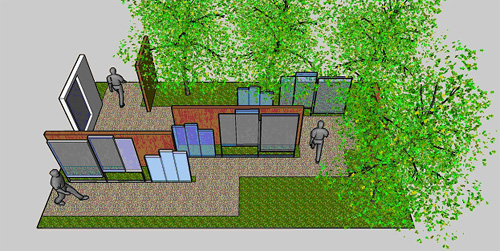 |
||
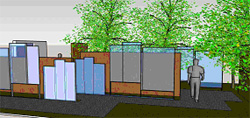 |
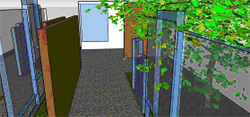 |
|
Possible layout of the space could be something like this:
The space could be constructed indoors or out, in one single location or multiple (ie Springfield, NoHo, & Greenfield). It would be made as much as possible of recycled materials. The individual pieces of each element would be done by a mix of artists (ideally). There are many more ideas about how to mature/refine the concept/piece even more, but I intend to allow processes of creation as a tiller for final aesthetic. The budget allocated for the project should be adequate for installation. The scale of the project can also vary depending on the site(s)
EXPERIENCE
Education
Master of Landscape Architecture (May 2009 completion) – UMass – Amherst, MA.
Bachelor of Science in Landscape Horticulture and Design – UMaine – Orono, ME.
Professional
2003-2008
Owner/Operator: David Maynes Design – small high-end design/build firm in coastal Maine specializing in ecological design and construction of residential landscapes. Portfolio available at website: www.maynes5280.net
Creative
Trained jazz and classical musician
Furniture design and construction

